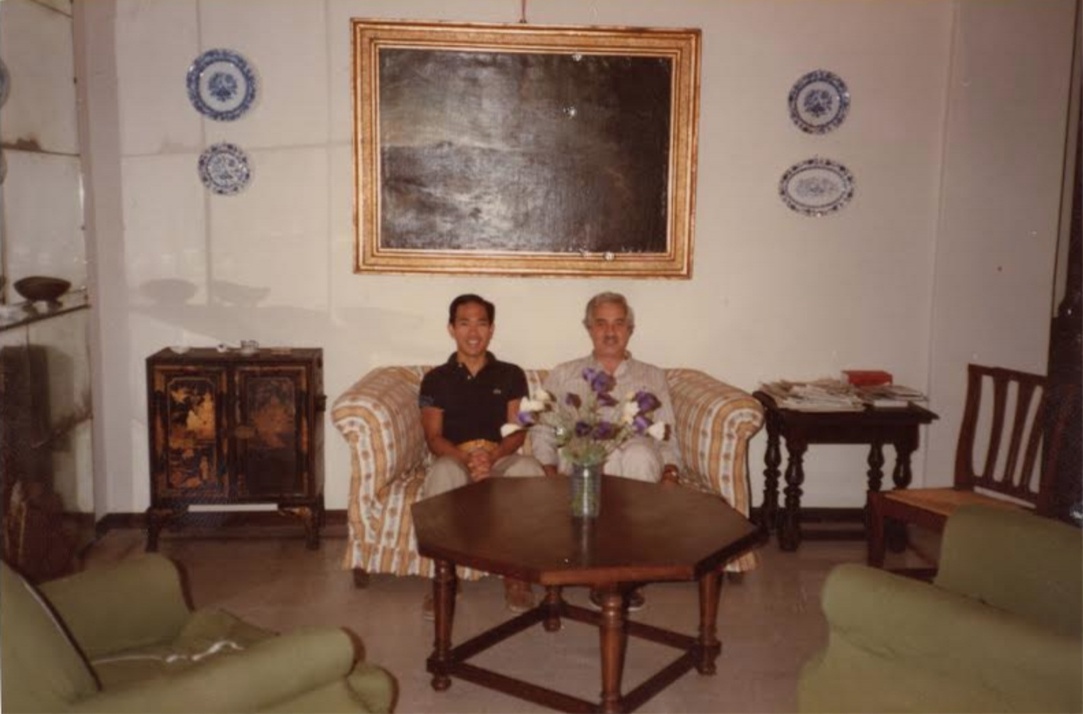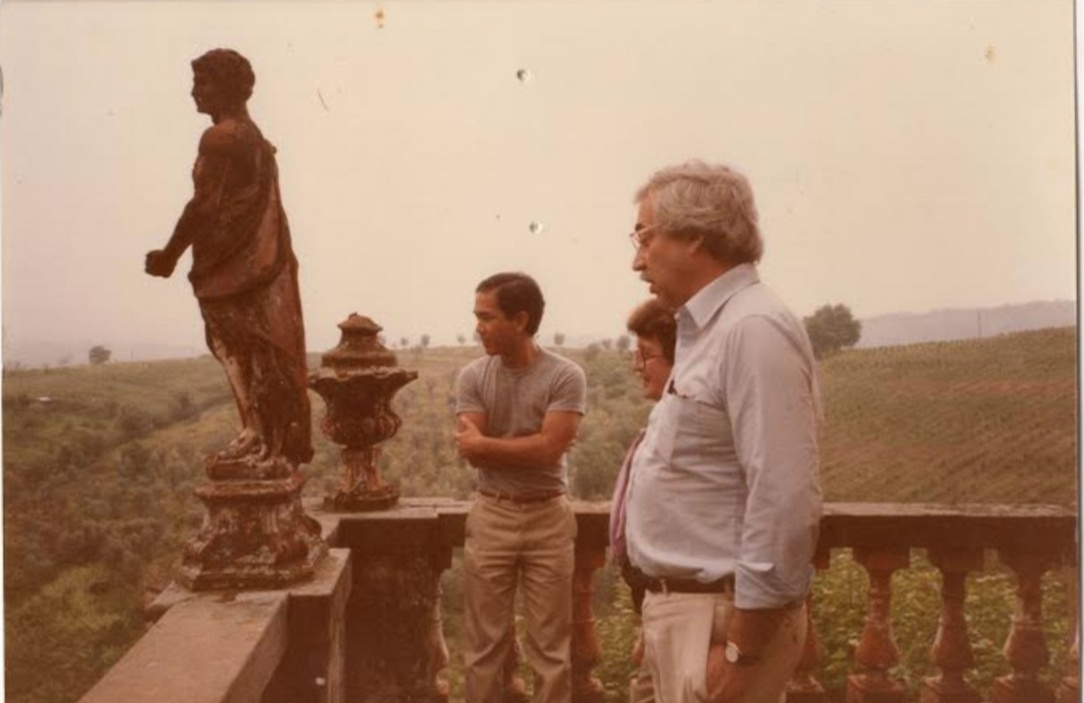

I.
Robert Endo ’70 was born in Los Angeles, CA in 1948. In 1966, he graduated from Dayton Heights High, where he was Senior Class President. After he received his degree in Art History, Endo participated in the Sotheby’s Expert Art Appraisal Program, through which he studied in London.
Upon his return, Endo lived in Manhattan while working at Gimpel and Weizenhoffer Gallery. Endo was an admirer the Old Masters of painting, Chinese porcelain and furniture design; throughout his career, he devoted himself to twentieth century painting and sculpture.
Although he and his partner Duane Wilder had an apartment in the Village, they spent a great deal of their time abroad, traveling the globe together for extended periods of time. An excellent chef, Endo strictly studied the Japanese Tea Ceremony, in addition to being skilled in French and international cuisine.
Endo died in Paris in 1994 after living with AIDS for ten years. He was 46 years old.
This profile is in progress. Click here if you would like to make a contribution.
III.
-
- Poet
- Artist
- Architect
- Writer
- Journalist
- Musician
- Professor
- Philanthropist
- Banker
- Activist
- Lawyer
- Accountant
- Teacher
- Playwright
- City Planner
- Scholar
- Art Historian
- Museum Administrator
- Psychologist
- Administrator
- Diplomat
- Doctor
- Graphic Designer
- Ecologist
- Dramatic Literature
- Administrative Director
- Director
- Director of Development
- Consultant
- Interior Designer
- Publisher
- Financial Officer
- Composer
He was no more than a familiar friendly face while at Yale. Bob and I ran into each other seven years after graduation at an East Village club, and started a real friendship from that point on. Bob told me he’d been to London after Yale to take a program of studies at Sotheby’s then returned to New York to be a dealer in fine art. At that time he was one of the directors of the Gimpel and Weitzenhoffer Gallery on Madison and 79th Street handling a group of artists including Lester Johnson (from Yale), Dorothea Tanning, Nikki de Saint Phalle, and Joseph Glasco. As I worked in the same neighborhood as Bob, at the Met Museum, we often got together for lunch at the Madison Pub or The Larder, or strolled down the avenue to the Whitney to have a look if something sounded interesting.
We were in our twenties, and working in the NYC art world, so we found ourselves networked with lots of curators, dealers, writers and patrons. Bob lived with his partner Duane Wilder in a house on 121 Washington Place in the West Village during this time. They loved to entertain their friends with Bob showing off considerable skill in his professional kitchen and coming up with culinary offerings to impress. Bob was cheerful and can do, and as Chaucer’s Oxford scholar he would gladly learn and gladly teach.
Our friendship continued through the eighties; together we saw the AIDS epidemic looming on the horizon and then saw our friends get sick. We were determined to survive. The PWA Coalition, Project Inform and other efforts encouraged us not to give up hope. After I moved out of Manhattan, with the resolve to leave the city of the plague for my country home, I’d come back to visit Bob in his Park Avenue apartment maybe twice a year. We would chat about the people we knew and loved, and about the latest art world gossip, and also discuss the newest AIDS treatment protocols.
Bob and Duane had an apartment in Paris, and they spent more of their time there in the early nineties. Bob was seeing doctors at the Pasteur Institute. Suddenly, after holding his own with the virus for several years, his T cells came tumbling down and he contracted some opportune infections, including cryptosporidiosis which finally took his life. His memorial service was held at St.Thomas Episcopal Church in Manhattan.
I once had a dream. I was in a ruined Manhattan, after a terrific disaster that reduced blocks to rubble. I found myself emerging from the ruins of a building and looking out at the devastation and making my way unsteadily forward when who should appear with his bright smile, but my friend Bob
He had come looking for me to help me escape. With him leading, together we made our way down alleys and onto a small boat waiting for us at the edge of the river. We got in the boat. Bob said nothing, but from his actions I knew that he would show me the way out of this hell.
In his life he was my guide and my mentor; happy if he could help me, always feeding me.





